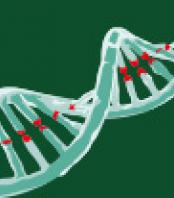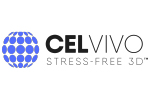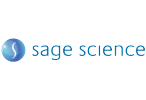Genome mapping produces fingerprints of DNA sequences to construct a physical map of the whole genome. It provides contiguous, long-range information that complements and, in some cases, replaces sequencing data. Recent advances in genome-mapping technology will better allow researchers to detect large (>1 kbp) structural variations between plant genomes. Some molecular and informatics complications need to be overcome for this novel technology to achieve its full utility. This technology will be useful for understanding phenotype responses due to DNA rearrangements and will yield insights into genome evolution, particularly in polyploids. In this review, we outline recent advances in genome-mapping technology, including the processes required for data collection and analysis, and applications in plant comparative genomics.
Read more






































